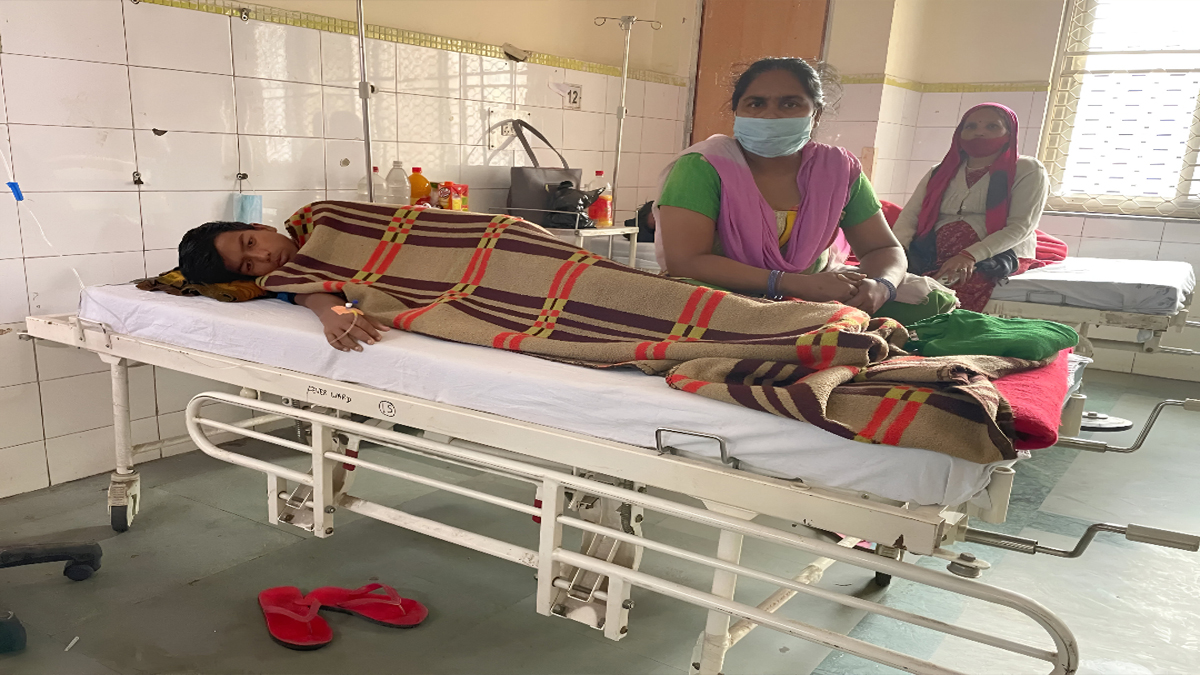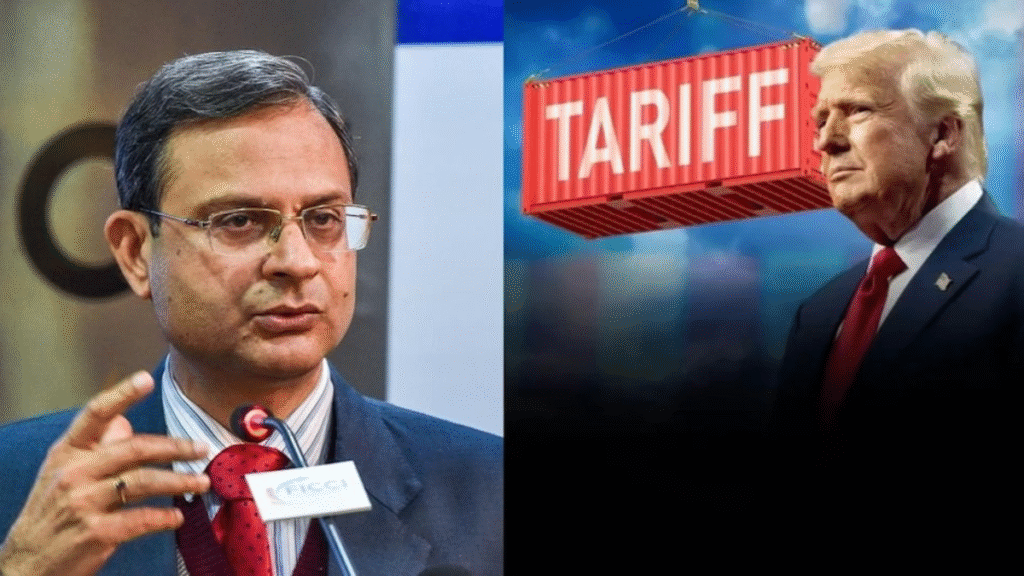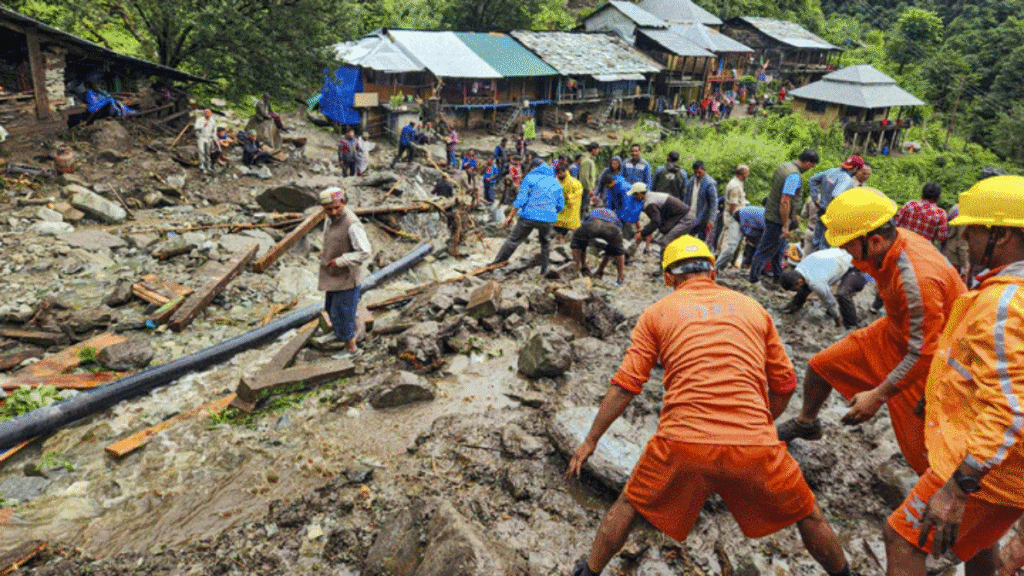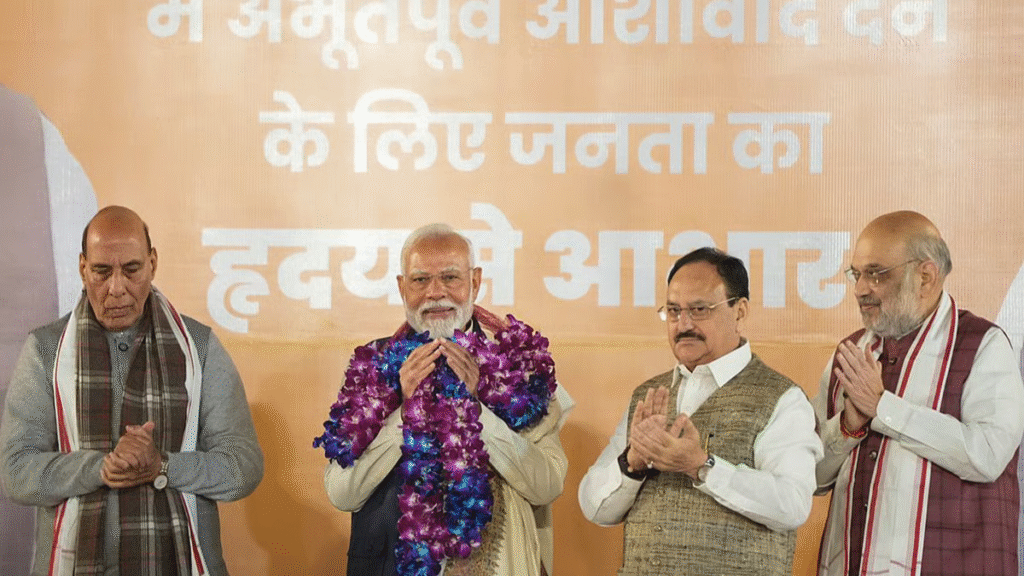Now Reading: Double Trouble: India Grapples with Rising Covid and Dengue Cases
-
01
Double Trouble: India Grapples with Rising Covid and Dengue Cases
Double Trouble: India Grapples with Rising Covid and Dengue Cases

As the monsoon season progresses across India, the nation finds itself battling a dual health challenge: a noticeable uptick in both Covid-19 and dengue cases. While the intensity of the pandemic’s earlier waves has subsided, and public life has largely returned to normalcy, health authorities are urging vigilance as new infections of both diseases continue to climb nationwide. This emerging scenario, particularly concerning given the overlapping symptoms, poses a significant test for the country’s public health infrastructure.
Covid-19’s Persistent Presence
Though significantly milder than previous iterations, Covid-19 continues to circulate, with daily case counts showing a gradual increase. As of late June 2025, India’s active caseload for Covid-19 has seen fluctuations, with figures hovering around the 4,000-5,000 mark. While the vast majority of these cases are mild, often presenting with symptoms akin to a common cold – mild fever, sore throat, nasal congestion, headache, and body aches – the elderly, immunocompromised individuals, and those with pre-existing health conditions remain at higher risk for more severe outcomes.
Experts attribute this ongoing spread to evolving variants, such as NB.1.8.1, and a widespread relaxation of preventive measures like mask usage. Metropolitan areas, including Delhi NCR, Mumbai, Chennai, and Bengaluru, are reporting the majority of new infections, though tier-2 cities are also witnessing a subtle rise. The current approach focuses on rapid diagnostic testing for symptomatic individuals and advising isolation for those who test positive.
Dengue’s Seasonal Surge
Compounding the Covid-19 situation is the annual surge of dengue, a mosquito-borne viral infection that typically peaks during and after the monsoon. This year, the numbers are particularly concerning, with thousands of cases confirmed across numerous districts since January. The World Health Organization estimates that a substantial portion of the global population is at risk of dengue, with India contributing significantly to the global burden.
Dengue symptoms can range from mild, flu-like illness to severe dengue, which can be life-threatening. The Aedes aegypti and Aedes albopictus mosquitoes, which transmit dengue, thrive in stagnant water, making the monsoon season a prime breeding ground. States like Karnataka and Tamil Nadu have reported significant numbers, with cities like Bengaluru and Kolkata seeing a rise in cases and even some fatalities. The challenge is exacerbated by the fact that around 90% of dengue infections are asymptomatic, making accurate tracking difficult and potentially underreporting the true scale of the problem.
Overlapping Symptoms: A Diagnostic Dilemma
One of the most pressing concerns for public health officials is the significant overlap in symptoms between Covid-19 and dengue. Both diseases can present with fever, body aches, headaches, and fatigue, making clinical differentiation challenging without proper diagnostic testing. This similarity can lead to misdiagnosis or delayed treatment, particularly in areas where diagnostic capabilities are stretched. Healthcare facilities are being urged to consider co-infection in patients presenting with these symptoms, especially in dengue-endemic regions.
Proactive Measures and Public Responsibility
In response to the rising numbers, health authorities are reiterating crucial public health advisories. For Covid-19, continued emphasis is placed on:
- Testing: Seeking testing if cold-like symptoms appear, especially for vulnerable populations.
- Isolation: Self-isolation for a minimum of five days for infected individuals.
- Hygiene: Frequent handwashing and respiratory etiquette.
- Vaccination: Staying up-to-date with Covid-19 vaccinations and boosters as recommended.
For dengue prevention and control, the focus is heavily on vector control:
- Eliminating Breeding Grounds: Regularly emptying and cleaning domestic water storage containers, disposing of solid waste properly, and preventing water stagnation in and around homes.
- Personal Protection: Using mosquito repellents, wearing protective clothing, and sleeping under mosquito nets, especially during the day when Aedes mosquitoes are most active.
- Community Engagement: Public awareness campaigns to educate citizens on preventive measures and early symptom recognition.
The government is actively monitoring the situation, with initiatives like the National One Health Mission aiming to address zoonotic diseases through integrated surveillance and research. However, the success of these efforts hinges on robust implementation at the local level and proactive public participation. The current scenario underscores the ongoing need for a resilient healthcare system, continuous disease surveillance, and a well-informed populace to effectively manage these concurrent public health threats.










